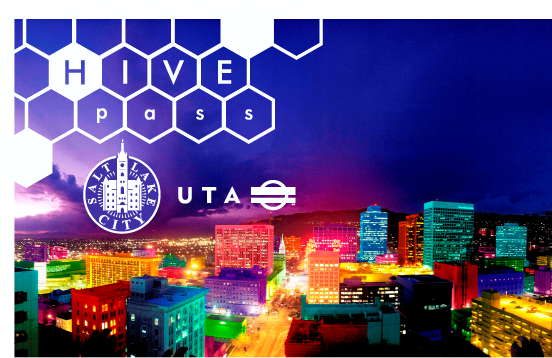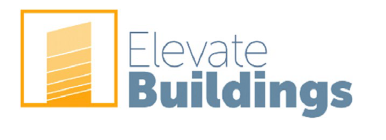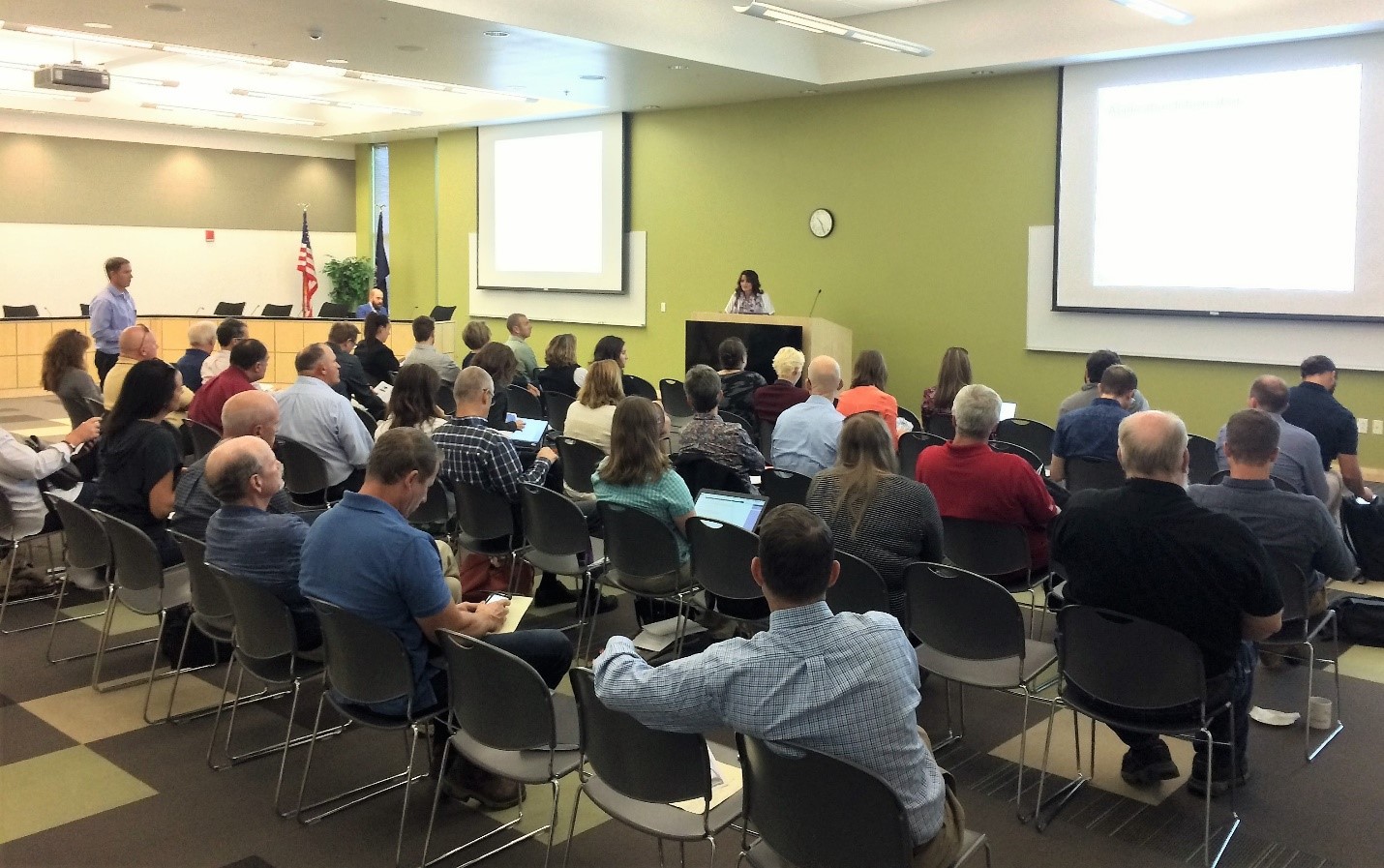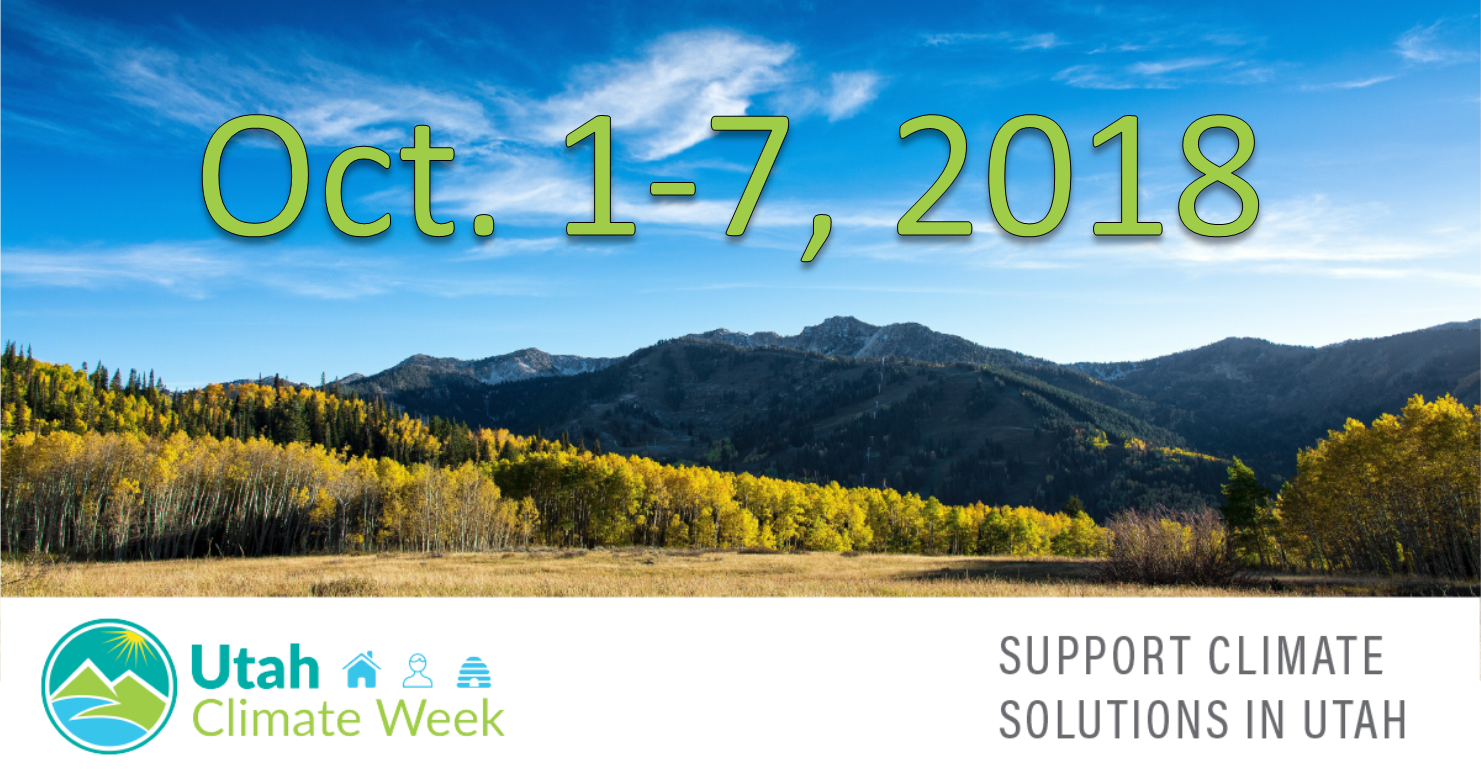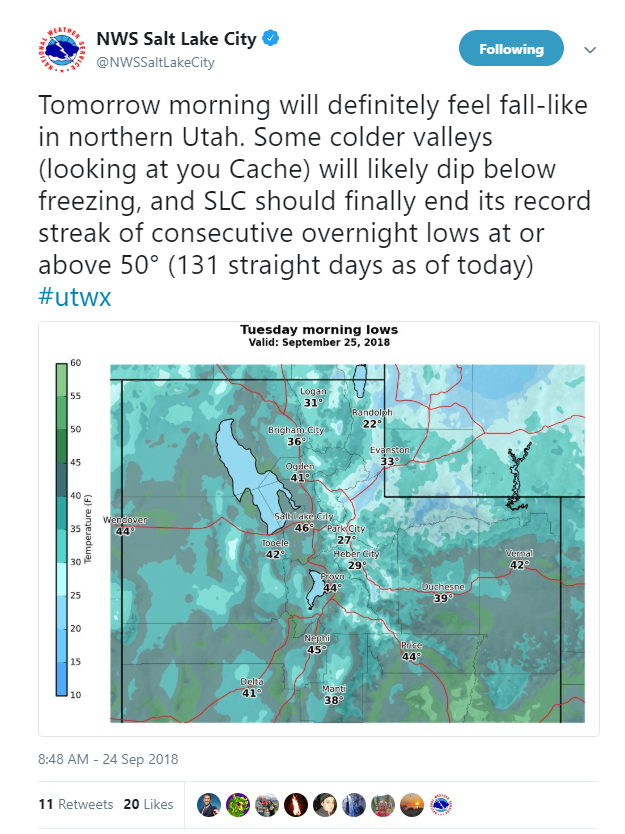Remember when Salt Lake City partnered with Salt Lake County, Davis County, Intermountain Healthcare, and UTA to host Free Fare Days on Feb. 28 and March 1? The official UTA press release results are posted below! But first, follow Mayor Jackie Biskupski on her donut delivery quest the first day of free rides . . .
Wednesday, March 20, 2019
UTA MEDIA RELEASE
FREE FARE DAYS ON UTA SUCCESSFUL
Agency sees ridership increases throughout the system
The results from UTA’s Free Fare Days on February 28 and March 1 show a 16% increase in boardings for the entire system. Using the average weekday boardings in February 2019 as a baseline (151,933 boardings system wide) overall ridership on Thursday, February 28 jumped to 171,664 and on Friday, March 1 there was an even larger increase to 181,365 passengers.
Free Fare Days were sponsored by Salt Lake County, Intermountain Healthcare, the Salt Lake City Mayor’s Office and Davis County in partnership with UTA.

“UTA is excited about the ridership increases we saw during the Free Fare Days and would like to thank the sponsors who made it possible,” said UTA Board Chairman Carlton Christensen. “We are especially pleased with the ridership increase we saw on the bus system. UTA has been focusing on increasing bus service and we wanted people to try riding the bus on the Free Fare Days. We look forward to upcoming plans to increase frequency, expand service hours and add weekend service on the bus system.”
Compared to 75,479 average weekday boardings in February 2019 bus ridership increased 10%. On Thursday February 28, 82,489 passengers rode UTA buses and on Friday March 1 the number improved to 83,818. This increase in bus ridership stands out in comparison to the previous free fare event in December 2017 when bus ridership did not increase by a noticeable margin.
Salt Lake County Mayor Jenny Wilson said, “This is evidence people will change their patterns if cost is addressed. I’ll be working with UTA and partners to find ways to address going forward, especially during inversions.”
TRAX experienced a 14% increase during the two free fare days, with a daily average of 65,366 riders. A typical day in February saw TRAX carry 57,319 boardings. On Thursday February 28 TRAX ridership increased to 64,420 boardings and on Friday March 1 the number grew to 66,312 riders.
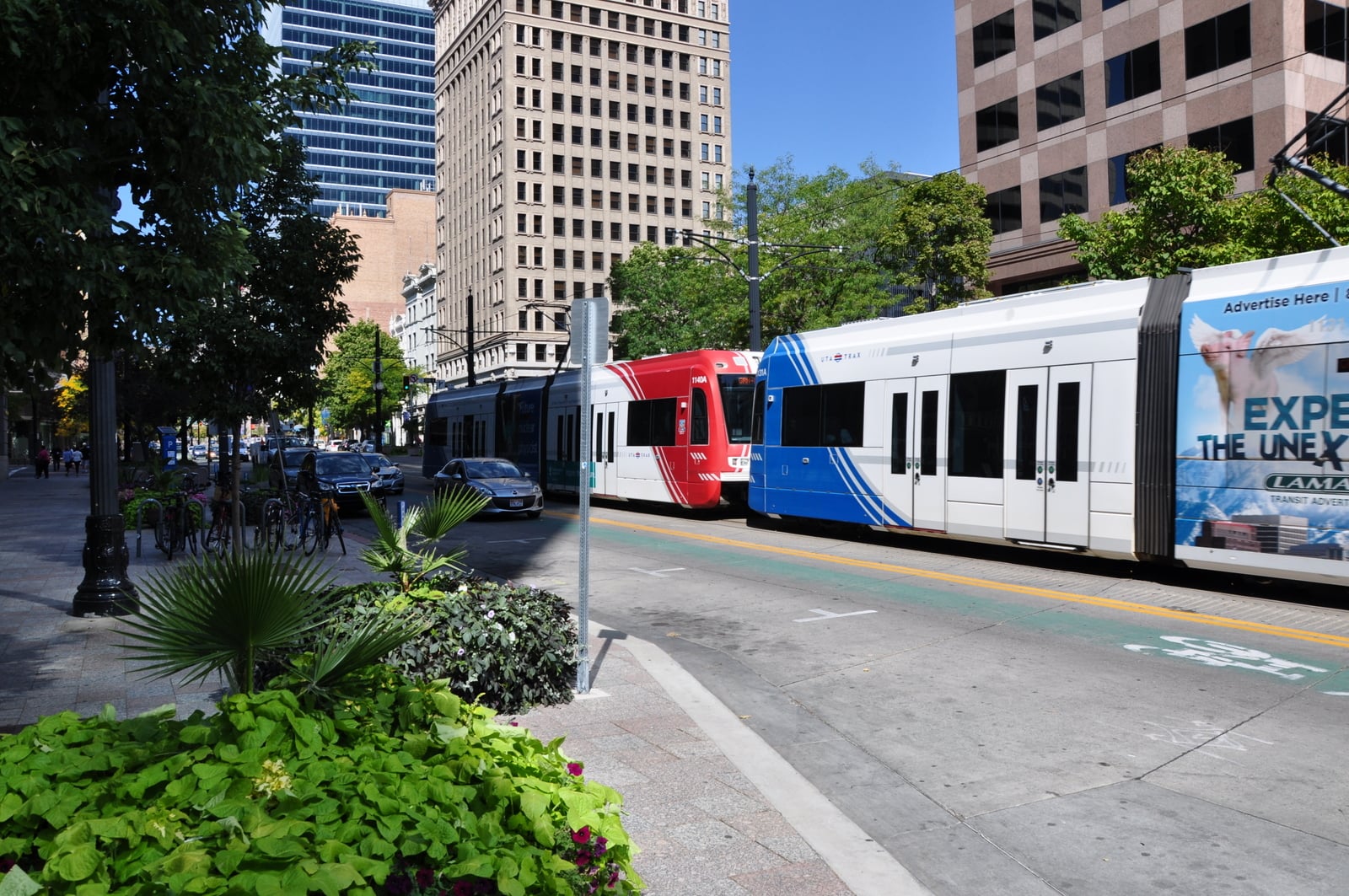
“Free Fare Days consistently show that when you remove burdens from transit, people take it,” said Salt Lake City Mayor Jackie Biskupski. “What leaders should take away from these results is that investing in transit pays off, both in terms of clearing our air and creating equity in our community.”
Continue reading


